Hornbeam tree, where it grows in Russia, cultivation features, scope of application
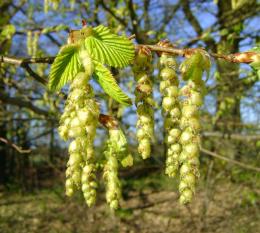
Hornbeam is a fairly common tree; its powerful, spreading crown and original decorative appearance arouse genuine interest among plant growers and developers of landscape parks.
Content:
- Description of the plant
- Brief description of plant varieties
- Rules for planting seedlings
- Agrotechnical care recommendations
- Disease and pest control
- How does a plant reproduce?
- Using wood
Description
Hornbeam is a deciduous monoecious plant from the family birch. In ancient times it grew in Asian countries and China, but is now common in Europe, the Baltic regions, Russia, and Belarus. The height of the tree ranges from 5 to 25 meters, and sometimes reaches 30 meters, the crown width is 6-8 meters. The crown is dense and rounded.
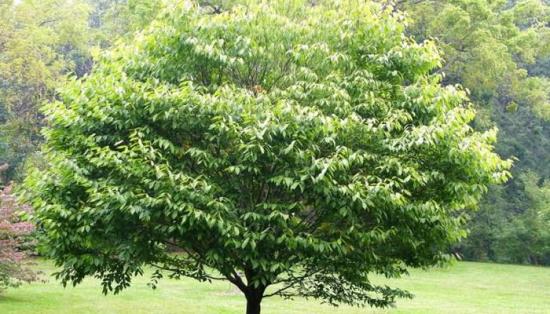
Leaves small, alternate, dark green with denticles along the edges. The length of the leaves also varies, 5-17 cm. The reverse side of the leaves is pubescent and has fibers, and the veins are clearly visible on the front of the leaves.
It looks especially good in the fall, when the foliage turns all shades of yellow, red and brown. On the trunk of the hornbeam there is a smooth bark gray tone with longitudinal ribbing and cracks.
In April - May, when flowering occurs, flowers of both sexes appear on it in the form of earrings. As soon as the first leaves bloom, the first inflorescences appear on the branches.At the end of flowering, it forms fruits similar in appearance to nuts. Small, brownish-brown in color, 3-5 mm. The fruits appear on trees older than 15-17 years.
Brief description of plant varieties
There are about 30 varieties, most of them grow in Asian countries, only 3 species are represented in Russia, and 2 species grow in Europe.
Common (European)
It grows on average up to 20 meters, with a spreading crown. Loves partial shade and sunny places. The crown is patterned and grows in the shape of an egg.
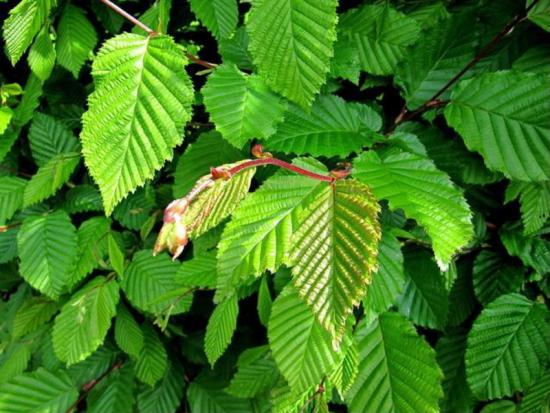
Cordifolia
It has a distinctive feature - light, translucent leaves, shaped like a heart. The height of hornbeams (large hornbeam thickets) is 12-20 meters. Places of growth: Korea, Japan, in the South and East of Primorsky Krai.
The eastern species is found on mountain slopes. In places where the hornbeam tree grows, the soil is held together on dry rocky embankments in the mountains and is kept from sliding, moisture is conserved. The shape of the tree is twisted.
Caroline
Distributed in the states of North America. It is whimsical to natural conditions, loves warmth and shaded places. Not resistant to frost, chooses places most often near rivers, ponds and swamps. The crown shape is always bushy.
Caucasian
It grows under natural conditions in the Caucasus, Asia, and Crimea. This species is short, about 5 meters in height. Often forms thickets, especially in Transcaucasia. The best neighbors are: chestnut, beech, oak.
Virginia
It is a subspecies of the Carolina variety, but has even more pronounced decorative qualities and is often used in landscape designs. It grows slowly, the crown is bushy and can be given any desired shape: from square to round and curly.It is calm about pruning and replanting.
Variety Turchaninova
A low species, more often found in China, in mountainous areas. The species is decorative and beautiful, but is rare, which is why it is valued among lovers of this plant. Foliage color changes constantly throughout its life cycle.
Rules for planting seedlings
This tree is very convenient and unpretentious for growing. It is highly resistant to frost, tolerates drought and high temperatures, and is little susceptible to diseases and pest attacks. The main thing is to follow the watering regime, plant the young tree correctly, carry out sanitary pruning and maintain the crown in the desired shape.
The most important part in growing is planting; you should take this work seriously and carefully. Experts consider autumn to be the most favorable time for this.
The seedling is planted approximately 30-40 days before the onset of the first frost. If you want to plant it in the spring, then you need to do it before the buds appear, otherwise the plant may get sick for a long time and die.
It is not difficult to choose a planting site, because almost any site is suitable for it: from sunny to a place in the shade of tall trees. If a tall variety with a spreading crown is chosen for planting, then it is still better to place it away from other ornamental plants.
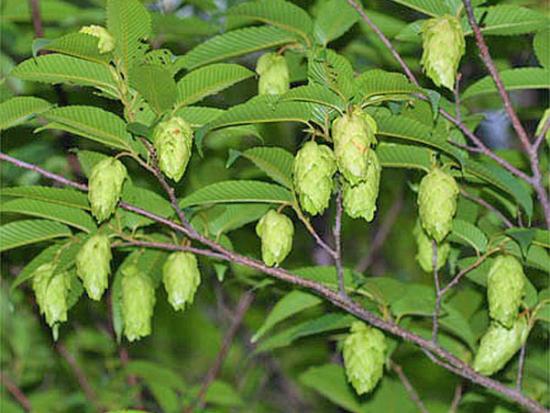
Almost any soil is suitable for growing, even poor and depleted soil is suitable for planting. Any, except too wet and swampy. It will not take root in such soil and will not grow. But still, if summer residents and gardeners want to get a strong, healthy and fast-growing plant, it is worth paying attention to the soil for planting: the soil should be loose, light, nutritious and fertilized.Before planting, the hole is carefully prepared: make it 50:50 in size, remove weeds and spill one bucket of water. In this form, the hole is left for 1-3 days so that it weathers and settles.
On the day of planting, dry leaves and fertilizers are placed at the bottom, which are thoroughly mixed with the soil in the hole. Now the seedling can be placed inside, distribute the roots evenly and sprinkle all the free space with soil. The soil on top is lightly trampled underfoot and watered abundantly so that the seedling takes root faster.
It is advisable to mulch the soil in the circle around the pit with wood shavings, grass, or spruce mulch to slowly evaporate moisture from the soil. Other seedlings should be planted no closer than 30 cm, as young seedlings require space to grow and strengthen. If all planting work is done well, after 2-3 weeks new buds and young leaves will appear on the branches.
Agrotechnical recommendations for hornbeam care
Care is focused mainly on timely watering, monitoring the appearance of diseases, pests and crown pruning.
Pruning is necessary, as slow growth contributes to the decorative appearance. You can give it absolutely any shape and decorate your site. They are often planted in parks and alleys to give it an interesting shape and improve the area.
It is imperative to trim dry, damaged, frozen in development and broken branches in a timely manner. Sometimes those branches that take up too much vitality are removed: extra shoots with a large number of buds.
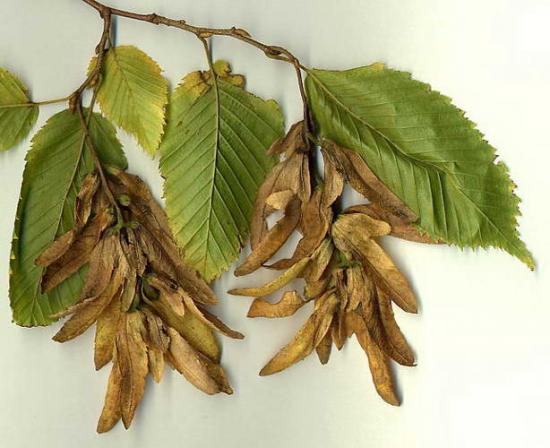
Disease and pest control
Although the plant is resistant to adverse influences, it still sometimes gets sick and is attacked by pests.
The most common:
- Heart rot.When suffering from this disease, black spots are clearly visible on the bark. If detected and treated in time, it will not die. The best prevention is to plant in open, sunny places.
- Silkworm. These insect pests feed on sap and leaves, fresh shoots, causing harm. The foliage begins to dry out, curl up and fall off, the bark cracks. In this case, treatment with special pest control agents will help.
- Dying, drying of branches. Plants whose lifespan is over 50-55 years are susceptible to this phenomenon. Having reached this age, the branches often die off and grow more slowly. This disease can be combated by timely pruning of dried branches.
How does a plant reproduce?
Reproduction occurs in several ways:
- Cuttings
- Seeds
- By layering
Cuttings
Cuttings for propagation are selected from strong, healthy shoots, cut off at 15-18 cm. They are usually prepared in late autumn, wrapped in cloth and stored until spring at a low temperature. 30-50 days before planting in the soil, they are transferred to room temperature, treated with a solution of potassium permanganate for diseases (soaked for a day), and then placed in clean water for 2-3 days. The cuttings are initially planted in prepared containers with fertilized soil and thoroughly watered. And only after the first 4-5 leaves appear, they are transplanted to a permanent place.
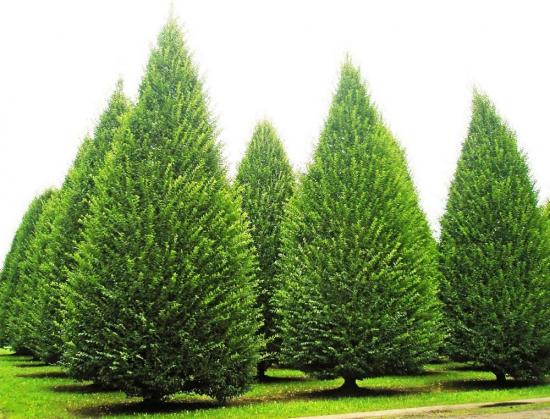
Propagation by seeds
The best, but labor-intensive method is propagation by seeds. They are collected at the end of September and stored in fabric bags or cardboard boxes at low temperatures. 30-40 days before planting, warm up at 20-25 degrees. Seed stratification is often carried out.For higher germination rates, nuts are soaked in warm water and then planted in prepared containers. The first shoots appear after 2-3 weeks, after the appearance of real 3-4 leaves on them, the sprouts can be planted on the site.
Reproduction by layering
Unpopular method among gardeners. In it, when planting the mother tree, a trench is made nearby for layering. This small ditch is fertilized and moistened. It is best to press young shoots; they are tilted and sprinkled with earth. For quick rooting, an incision is made with a knife along the selected layer. Future roots will emerge from this cut. If the method was performed correctly, shoots will appear after 3 weeks and you can separate them.
Using wood
Where is the hornbeam tree used? It is used in many areas and industries:
- In the national economy
- In landscape design
- For decorative cultivation in pots
- In medicine
The wood is strong, durable, but difficult to process and polish. Therefore, it must be properly and thoroughly dried, and after painting it must be treated to prevent rotting processes.
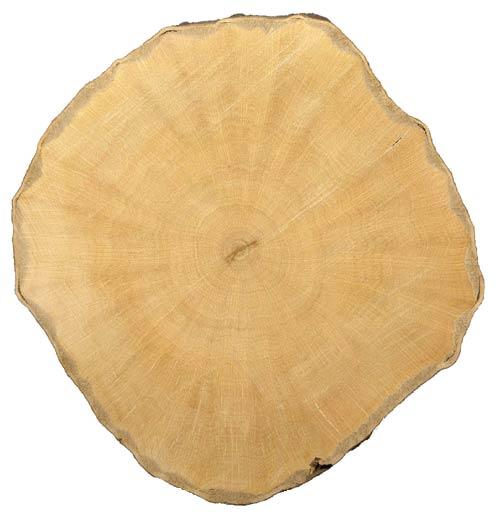
Most often, wood is used for the production of cutting boards, garden tools, parquet and flooring, sports equipment and for the manufacture of musical instruments.
In the livestock industry, the bark is used in the process of tanning hides, the leaves and branches are used as livestock feed, and the nuts are used as food. And in cosmetology, essential oils are used, which are isolated from the leaves.
Landscape designers have long loved the hornbeam for its great possibilities of use: they decorate park areas, alleys, gardens, make fancy hedges and spectacular single objects.And Bonsai lovers plant it in pots and admire its unusual shapes.
Widely used in medicine. Thanks to the tannins, caffeic, gallic acids, aldehydes, essential oils and ascorbic acid contained in the bark and leaves, many medicines and infusions, decoctions for traditional medicine are produced from it.
Used for:
- treatment of disorders and dysfunctions in the gastrointestinal tract
- fight against brain tumors
- improving the functioning of the circulatory system
- treatment of infertility and complicated pregnancies
However, as with any medicine, there are contraindications and side effects:
Rarely - indigestion
Deterioration of the urinary system
Therefore, consultation with your doctor is necessary.
You can find out where the hornbeam tree grows in Russia, in what industries and for what purposes it is used, how to choose the right place for planting and how to grow it correctly by watching the video:

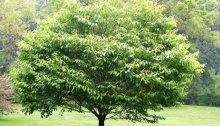
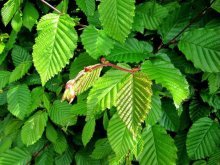
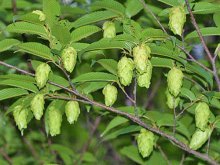
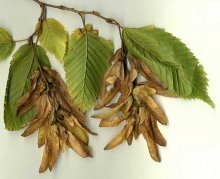
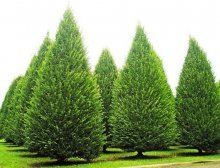


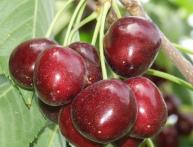

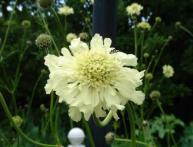
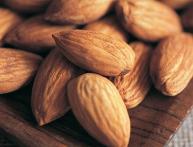
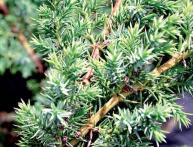
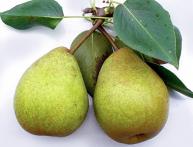
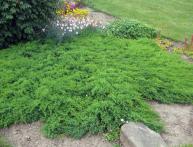
Comments
We have such a tree growing near our house and in the park. It is quite large, but Hornbeam wood is not used. You will need to try making wooden tool handles from it.